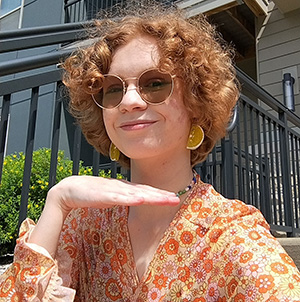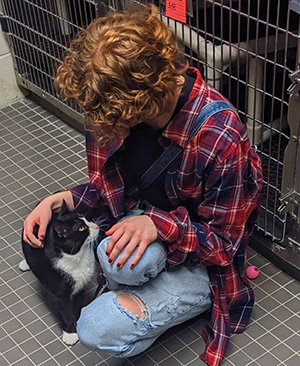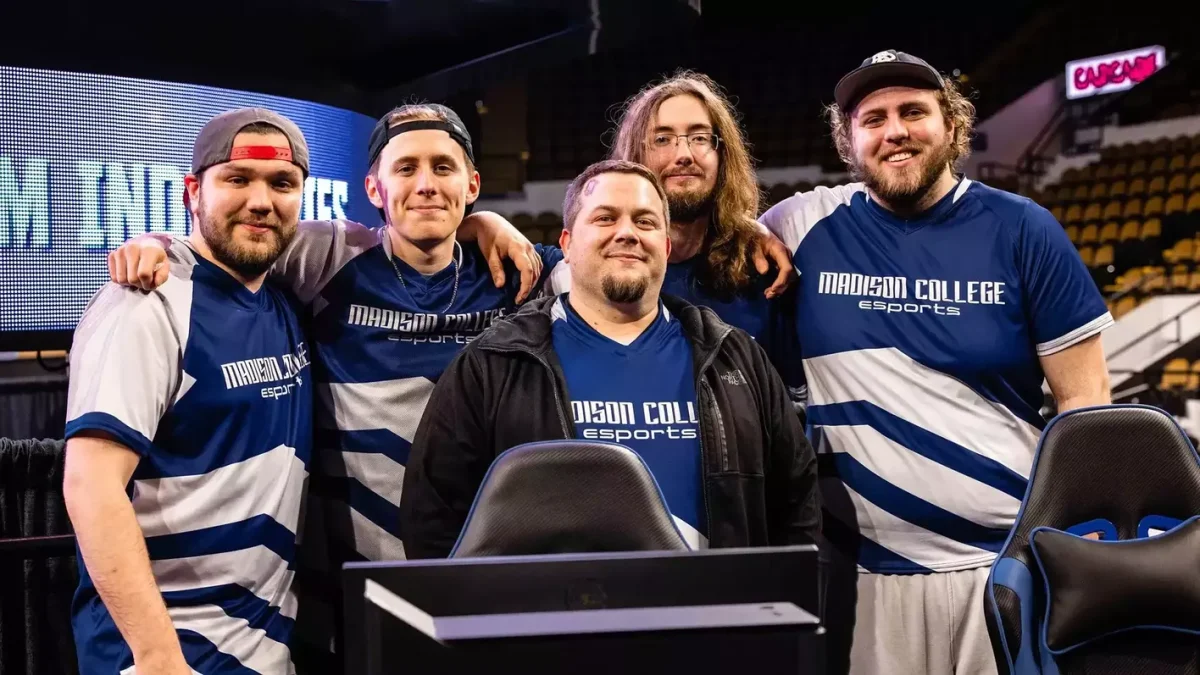Lost in translation: ‘Death Note’ review
September 13, 2017
A notebook falls from the sky, and when a name is written within it that person will die. That is the basic premise of “Death Note,” the original manga to the smash hit anime, and now an American live action adaptation.
Coming from director Adam Wingard, this version of “Death Note” takes place in Seattle instead of the original Tokyo. Before the film even came out, this was one it’s largest criticisms, as many believe it white washes the series originally Asian characters. The argument is that instead of giving jobs to Asian actors, a studio changes the most prominent characters to that of a more “marketable” skin tone.
Unlike the disaster that was “Ghost in the Shell” earlier this year, the plot of “Death Note” does not fundamentally revolve around Japan. Changing the setting could have produced a unique take on the story’s plot from a western perspective, but unfortunately, Wingard’s take on the series falls short of the ideas it presents.
To give credit where it is due, the film was well directed. Shots are almost never boring with an abundance of skewed camera angels to show the imbalance of power in scenes, and the neon color palate that washes over the movie.
Most of the performances are well done, as well. Willem Defoe’s eerie voice and cackle are pitch perfect for that of the death god Ryuk. Then there’s Nat Wolff’s take on Light Turner (formally Light Yagami in the manga) which personifies what was intriguing, and where all the potential in the film to do something different with the source material was. In the manga, Light was a cold, and calculating genius. Wolff’s version is much more unsure of himself, he’s still a genius, but one who is angry at the world. As the film progresses, and Light’s ties to humanity slowly snap, he morphs into a character very similar to the source. Movie Light is also much more creative with his kills. The film starts to touch ideas of in-school violence, and the idea that death is the ultimate justice, but like the rest of the film, it feels like these ideas were never expanded.
The plot itself revolves around the cat and mouse game between Light, who creates the persona of Kira, a god of death who punishes the wicked of the world, and the world greatest detective only known as L. Cults begin to form around Kira, feeding into Light’s growing god complex, while Light’s detective father and L race to end the killings. The problem with the plot is that it feels extremely rushed, as one might expect when trying to condense a 37-episode anime into an hour and a half movie. At first, I appreciated the break neck pace the movie started off with, but as it continued, it felt like there was no time to fully understand any character’s motivation. This leaves the audience feeling not invested in what was going on, and for a thriller, that’s a problem.
At some point a character mentions that Light has killed over 400 people. This came as a shock because the film seemingly only takes place over a month or two. The film plays a brief collection of clips through a bulk of the killings, showing only news headlines. This was a disappointment because the “Final Destination-esque” death scenes were highly entertaining, but they end up becoming another thing the film drops just as it starts to become interesting.
In the end Wingard’s “Death Note” feels like a lot of cool ideas and good intentions that were not fully capitalized on. It’s visually beautiful, but with hardly any substance to hold your attention for its full run time. If you’re completely new to the series, Netflix’s adaptation could be a fun watch with some friends, but if you’re a fan of the source material, however, you might want to just re-watch the anime, or dust off the manga, because this version leaves a lot to be desired.




























